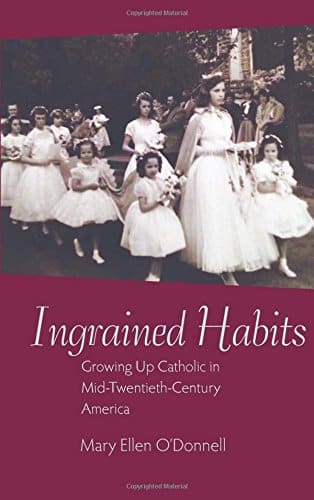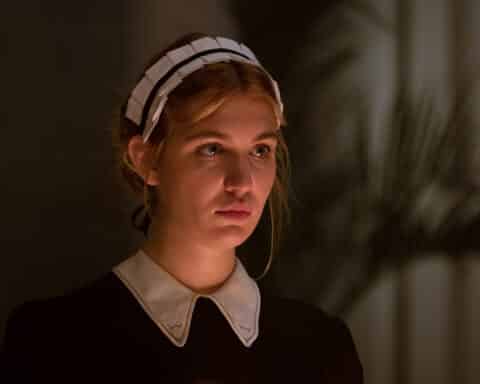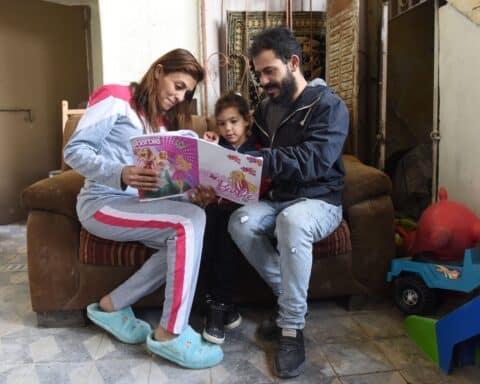When one thinks of the Catholic Church in the United States in the mid-20th century, vivid images of Eucharistic processions, Latin Masses, veiled heads, family Rosaries and houses filled with statues are conjured up. The experience of this era is explored in great, vivid detail in the book “Ingrained Habits: Growing Up Catholic in Mid-Twentieth Century America” by Mary Ellen O’Donnell (The Catholic University of America Press, $75).
The experience can be summarized by an observation from the preface: “When writers reflect on pre-Vatican II Catholicism, they portray an integrated religious experience marked by authority in the multiple contexts of their lives.” The object of the study is what O’Donnell calls cultural Catholicism, a formative experience of growing up in a period characterized by a certain “thickness of religious experience.”
O’Donnell asks the reader not to get nostalgic and idealize the environment, as the Church in every era has its problems. O’Donnell writes, “The parish rested at the heart of this cultural bubble and issued a calendar to follow, social activities in which to participate, and religious practice to structure one’s way of life. … Even if there were anything else, who needed it?” Life as a Catholic in America during the middle of the 20th century was regimented for many people, and every aspect of life was at the very least influenced by — if not completely ensconced in — the Catholic faith and Catholic practices.
One prominent feature of Catholic life was the parochial school. There are millions of children being educated in Catholic schools today, but several decades ago there was an explosion in the Catholic school population. According to O’Donnell, between 1945 and 1962, Catholic school enrollment increased by 129 percent, while the general public school population rose by only 69 percent. Neighborhoods were constructed around a parish and parochial school.
Because of rising tuition costs and school closures, it is much harder to send kids to Catholic school today. But 60 years ago, in many places it was simply another part of that “cultural Catholicism.” Even more so, however, the home “was where religion and religious identity would have been first introduced and integrated into the ordinary routine. This would have included not only creed and ritual but also a perceived inherited identity and its ramifications for involvement in the American experience.”
One of the reasons that Catholics tended to live so insularly, within their own neighborhoods and their parish communities, was the virulent anti-Catholic sentiment throughout the country. In many places, there was a strong anti-immigrant movement, and since so many immigrants — from Ireland, Italy, Poland and southern Germany, among others — were Catholic, the Church became seen by many as a “foreign influence,” as if the pope was amassing an army on American soil (the Knights of Columbus were especially suspected of being papal agents).
In 1928, the Catholic governor of New York, Al Smith, was the Democratic nominee for president. This was a major sign of changing attitudes toward Catholics. The eventual nomination and election of John F. Kennedy in 1960 is often seen as a turning point in the public acceptance of Catholics.
This is what O’Donnell’s book does so well: examines, from the personal experiences of Catholics, how being Catholic in America changed. Primarily through the lens of mid-20th century Catholics, O’Donnell explores in fine detail what life was like, how this differed from what came before and what has come since.
We live in a different world now. The insular, all-encompassing Catholic community depicted throughout the book no longer exists in the United States. Catholics are integrated into society. They are in the halls of Congress; they sit on the Supreme Court. While the culture of Catholicism in the United States has changed somewhat, this book is a vivid depiction of the “cultural Catholicism” of the last century.
Paul Senz writes from Oregon.





